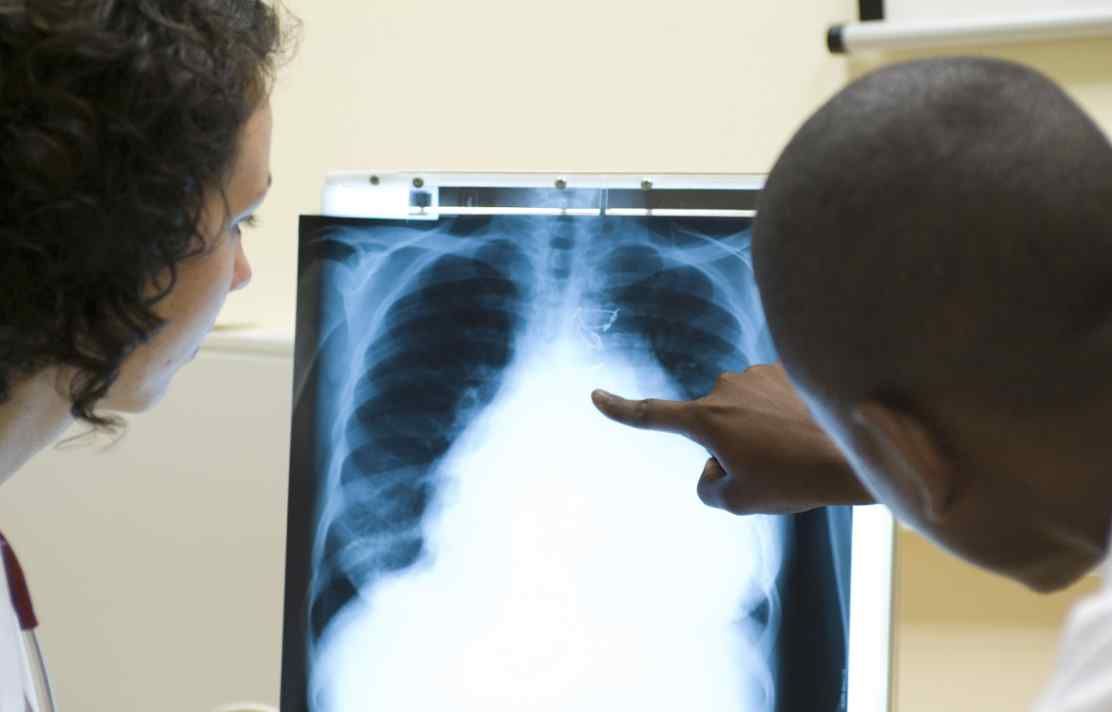BibTex format
@article{Leclerc:2021:10.1186/s12913-021-06509-x,
author = {Leclerc, QJ and Fuller, NM and Keogh, RH and Diaz-Ordaz, K and Sekula, R and Semple, MG and ISARIC4C, Investigators and CMMID, COVID-19 Working Group and Atkins, KE and Procter, SR and Knight, GM},
doi = {10.1186/s12913-021-06509-x},
journal = {BMC Health Services Research},
pages = {1--15},
title = {Importance of patient bed pathways and length of stay differences in predicting COVID-19 hospital bed occupancy in England.},
url = {http://dx.doi.org/10.1186/s12913-021-06509-x},
volume = {21},
year = {2021}
}
RIS format (EndNote, RefMan)
TY - JOUR
AB - BACKGROUND: Predicting bed occupancy for hospitalised patients with COVID-19 requires understanding of length of stay (LoS) in particular bed types. LoS can vary depending on the patient's "bed pathway" - the sequence of transfers of individual patients between bed types during a hospital stay. In this study, we characterise these pathways, and their impact on predicted hospital bed occupancy. METHODS: We obtained data from University College Hospital (UCH) and the ISARIC4C COVID-19 Clinical Information Network (CO-CIN) on hospitalised patients with COVID-19 who required care in general ward or critical care (CC) beds to determine possible bed pathways and LoS. We developed a discrete-time model to examine the implications of using either bed pathways or only average LoS by bed type to forecast bed occupancy. We compared model-predicted bed occupancy to publicly available bed occupancy data on COVID-19 in England between March and August 2020. RESULTS: In both the UCH and CO-CIN datasets, 82% of hospitalised patients with COVID-19 only received care in general ward beds. We identified four other bed pathways, present in both datasets: "Ward, CC, Ward", "Ward, CC", "CC" and "CC, Ward". Mean LoS varied by bed type, pathway, and dataset, between 1.78 and 13.53 days. For UCH, we found that using bed pathways improved the accuracy of bed occupancy predictions, while only using an average LoS for each bed type underestimated true bed occupancy. However, using the CO-CIN LoS dataset we were not able to replicate past data on bed occupancy in England, suggesting regional LoS heterogeneities. CONCLUSIONS: We identified five bed pathways, with substantial variation in LoS by bed type, pathway, and geography. This might be caused by local differences in patient characteristics, clinical care strategies, or resource availability, and suggests that national LoS averages may not be appropriate for local forecasts of bed occ
AU - Leclerc,QJ
AU - Fuller,NM
AU - Keogh,RH
AU - Diaz-Ordaz,K
AU - Sekula,R
AU - Semple,MG
AU - ISARIC4C,Investigators
AU - CMMID,COVID-19 Working Group
AU - Atkins,KE
AU - Procter,SR
AU - Knight,GM
DO - 10.1186/s12913-021-06509-x
EP - 15
PY - 2021///
SN - 1472-6963
SP - 1
TI - Importance of patient bed pathways and length of stay differences in predicting COVID-19 hospital bed occupancy in England.
T2 - BMC Health Services Research
UR - http://dx.doi.org/10.1186/s12913-021-06509-x
UR - https://www.ncbi.nlm.nih.gov/pubmed/34107928
UR - https://bmchealthservres.biomedcentral.com/articles/10.1186/s12913-021-06509-x
UR - http://hdl.handle.net/10044/1/90807
VL - 21
ER -
